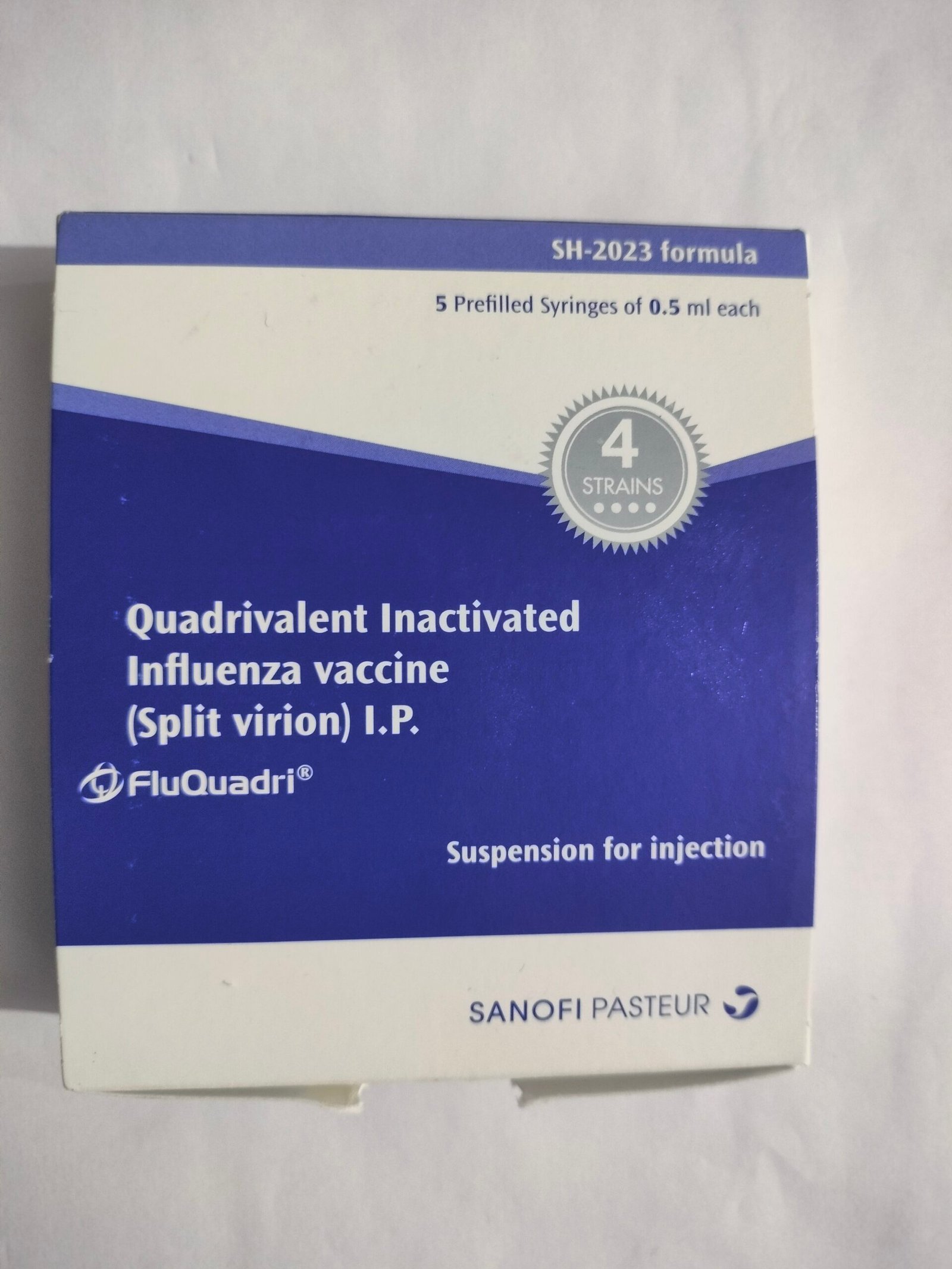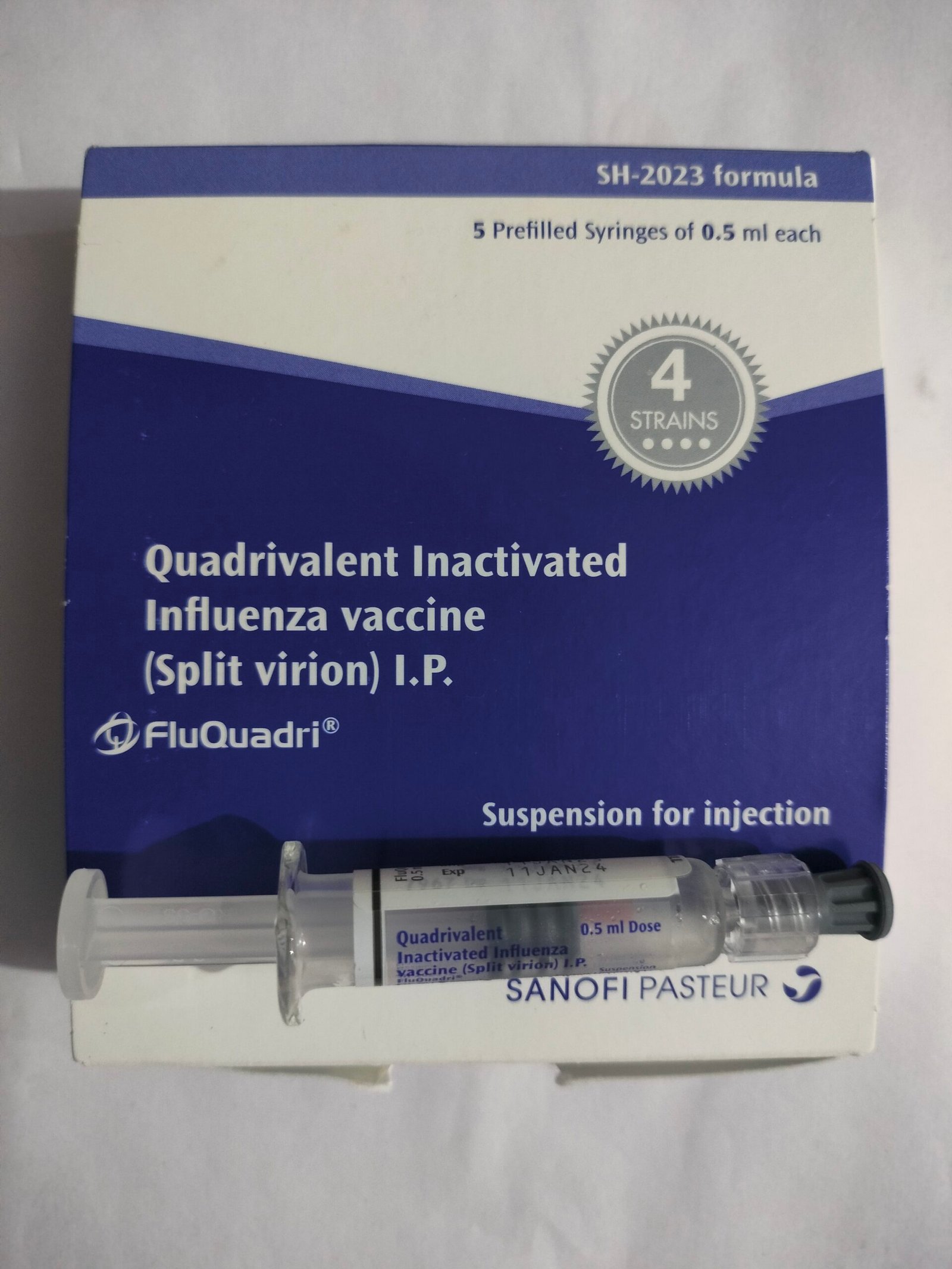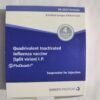Understanding the Uses and Benefits of the Inactivated Influenza Vaccine
The Inactivated Influenza Vaccine plays a vital role in safeguarding against influenza, commonly known as the flu. This vaccine prompts the immune system to develop defenses against the disease by introducing a small dose of the flu virus into the body. It’s important to note that while this vaccine doesn’t treat an existing flu infection, it effectively prevents its occurrence.
Administration and Dosage
Healthcare professionals administer the vaccine as an injection into the muscle, typically just before the onset of the cold season when the flu virus becomes more prevalent. Generally, a single injection provides protection for a year. Annual vaccination is recommended due to the emergence of new flu virus strains, with particular emphasis on people who are 70 years old and individuals with chronic health conditions like diabetes, heart failure, kidney failure, or chronic obstructive pulmonary disease (COPD). Additionally, it’s advised for young children over 6 months of age.
Uses
Preventative Measure: The primary use of the inactivated influenza vaccine is to prevent influenza infection in individuals who receive the vaccination. Community Health: By preventing flu infection, the vaccine contributes to overall community health by reducing the spread of the virus. Protection for Vulnerable Populations: It offers crucial protection for vulnerable populations, including individuals with chronic health conditions, and young children, who are at higher risk of complications from influenza. Annual Immunization: Regular vaccination ensures ongoing protection against evolving flu virus strains, safeguarding individuals each flu season.
Benefits
Effective Protection: The vaccine guards against influenza, reducing the risk of infection and its associated complications. Reduced Symptom Severity: Vaccinated individuals may experience milder symptoms if they do contract the flu, leading to shorter duration and less severe illness. Safety Profile: With a well-established safety profile, the vaccine’s benefits outweigh its potential risks. Annual Immunization: Regular vaccination ensures ongoing protection against evolving flu virus strains, safeguarding individuals each flu season.
Side Effects
While mild side effects may occur, they are outweighed by the benefits of vaccination. Common side effects include headache, muscle pain, weakness, fatigue, bruising, joint pain, sweating, shivering, and pain or swelling at the injection site. Typically, these effects are short-lived. However, if any persist or cause concern, consulting a healthcare provider is recommended.
Precautions and Considerations
Before vaccination, inform your doctor of any ongoing illness with a high temperature or any previous allergic reactions to vaccines. Additionally, discuss any other medications being taken as they may interact with the flu vaccine. While vaccination reduces flu symptoms, it may not provide full protection for everyone. Importantly, it does not prevent illness from avian flu (bird flu) or the common cold. If pregnant or breastfeeding, consult a doctor before vaccination.
Conclusion
The Inactivated Influenza Vaccine offers a crucial defense against influenza, especially for vulnerable populations and those at higher risk of complications. By staying informed and getting vaccinated annually, individuals can take proactive steps towards protecting themselves and their communities from the flu.
Disclaimer: This content provides informational guidance and should not replace professional medical advice. Always consult healthcare professionals for personalized recommendations and treatment options.






























1 review for Inactivated Influenza Vaccine
There are no reviews yet.